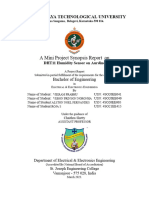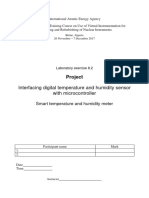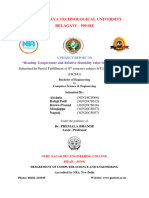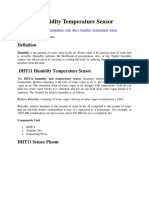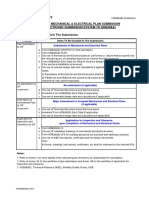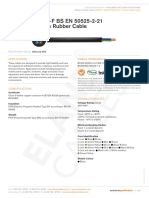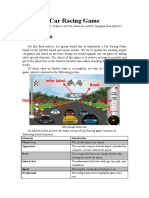0% found this document useful (0 votes)
35 views21 pagesArduino 6th Day
This document provides a comprehensive guide on using Arduino libraries and the DHT11 sensor for measuring temperature and humidity. It covers the installation of libraries, the syntax for importing and using them, and details about the DHT11 sensor's specifications and working principle. The document also outlines a project to build a circuit with the DHT11 sensor and troubleshoot common issues.
Uploaded by
monteban314Copyright
© © All Rights Reserved
We take content rights seriously. If you suspect this is your content, claim it here.
Available Formats
Download as PDF, TXT or read online on Scribd
0% found this document useful (0 votes)
35 views21 pagesArduino 6th Day
This document provides a comprehensive guide on using Arduino libraries and the DHT11 sensor for measuring temperature and humidity. It covers the installation of libraries, the syntax for importing and using them, and details about the DHT11 sensor's specifications and working principle. The document also outlines a project to build a circuit with the DHT11 sensor and troubleshoot common issues.
Uploaded by
monteban314Copyright
© © All Rights Reserved
We take content rights seriously. If you suspect this is your content, claim it here.
Available Formats
Download as PDF, TXT or read online on Scribd
/ 21

















